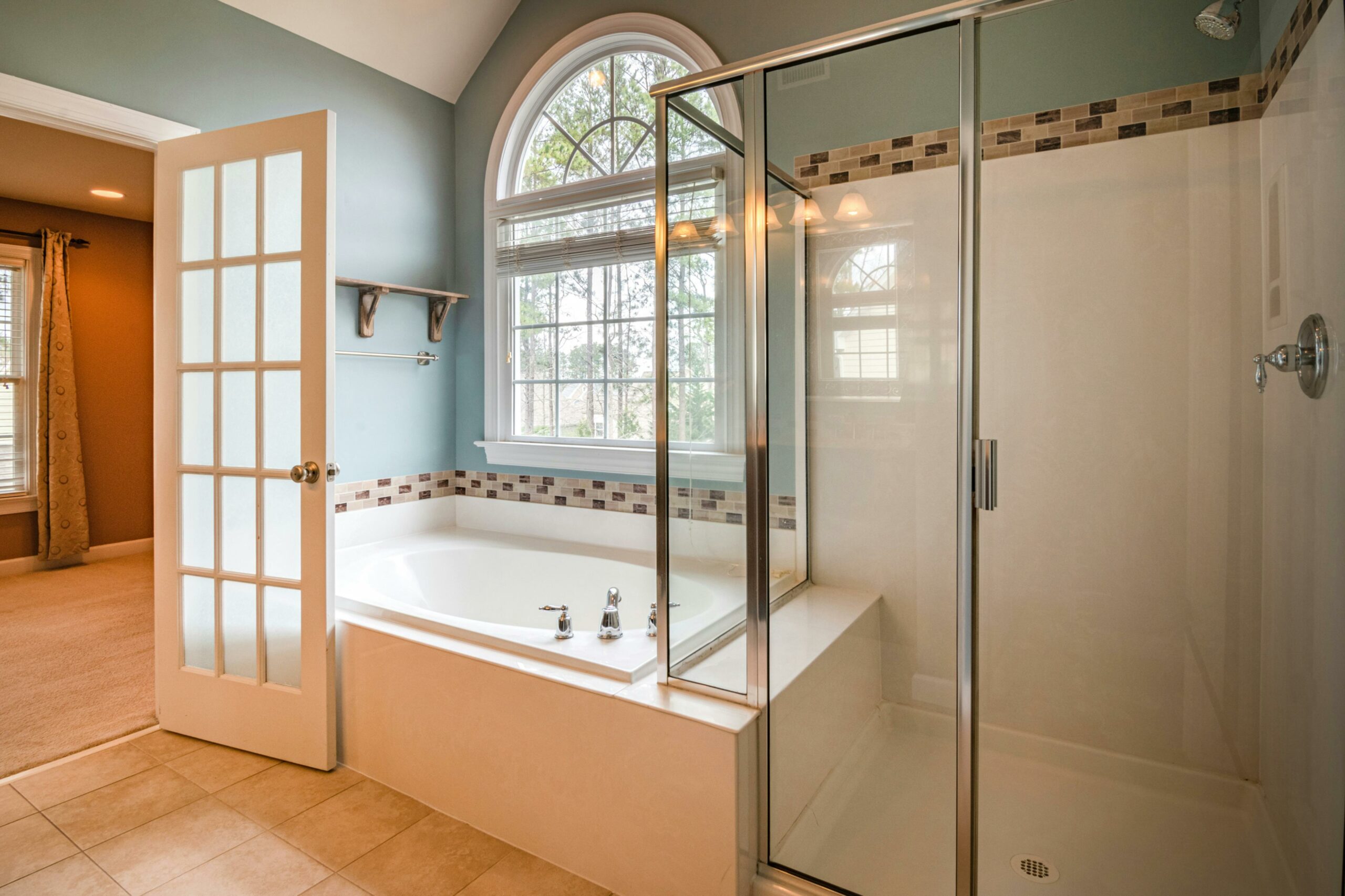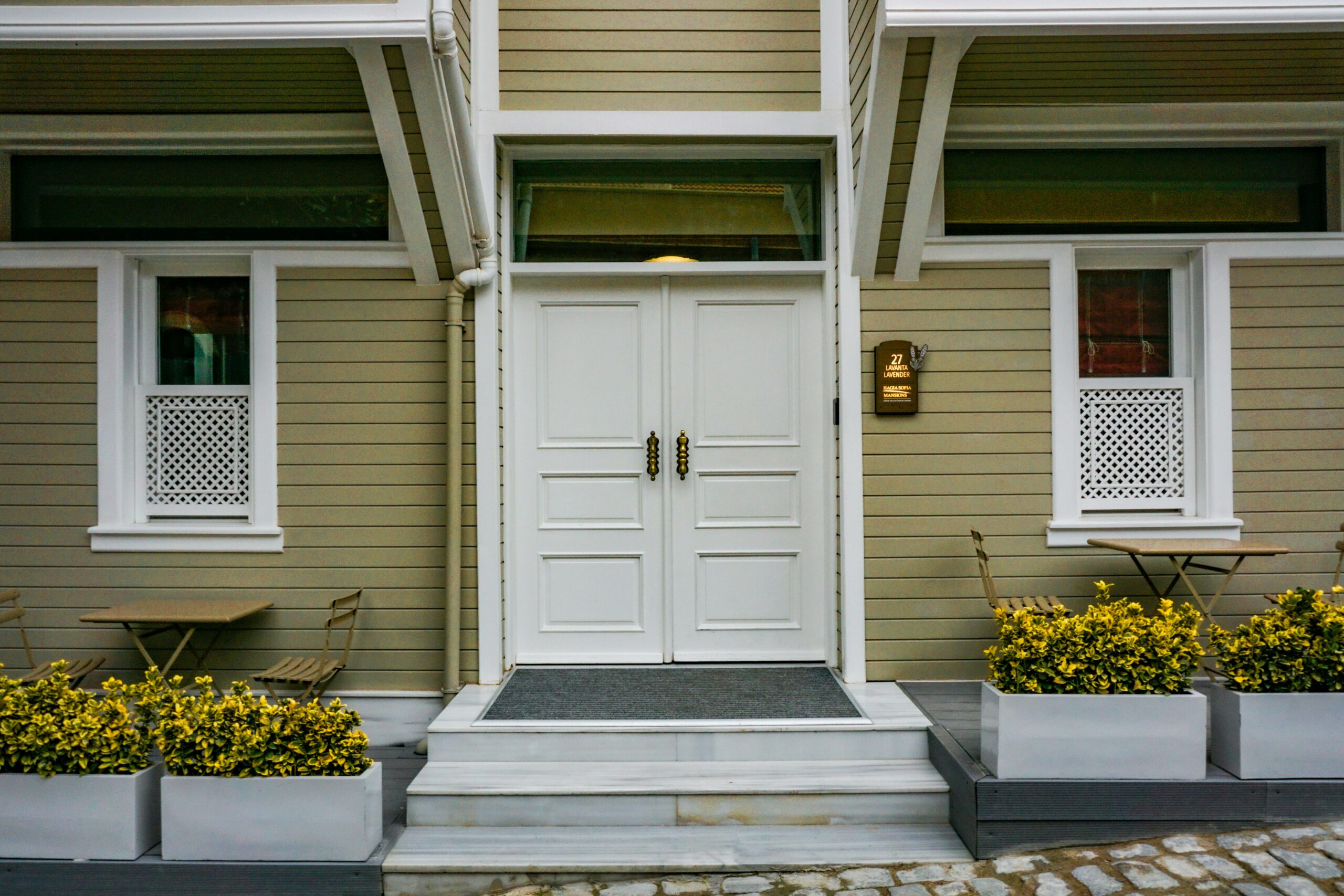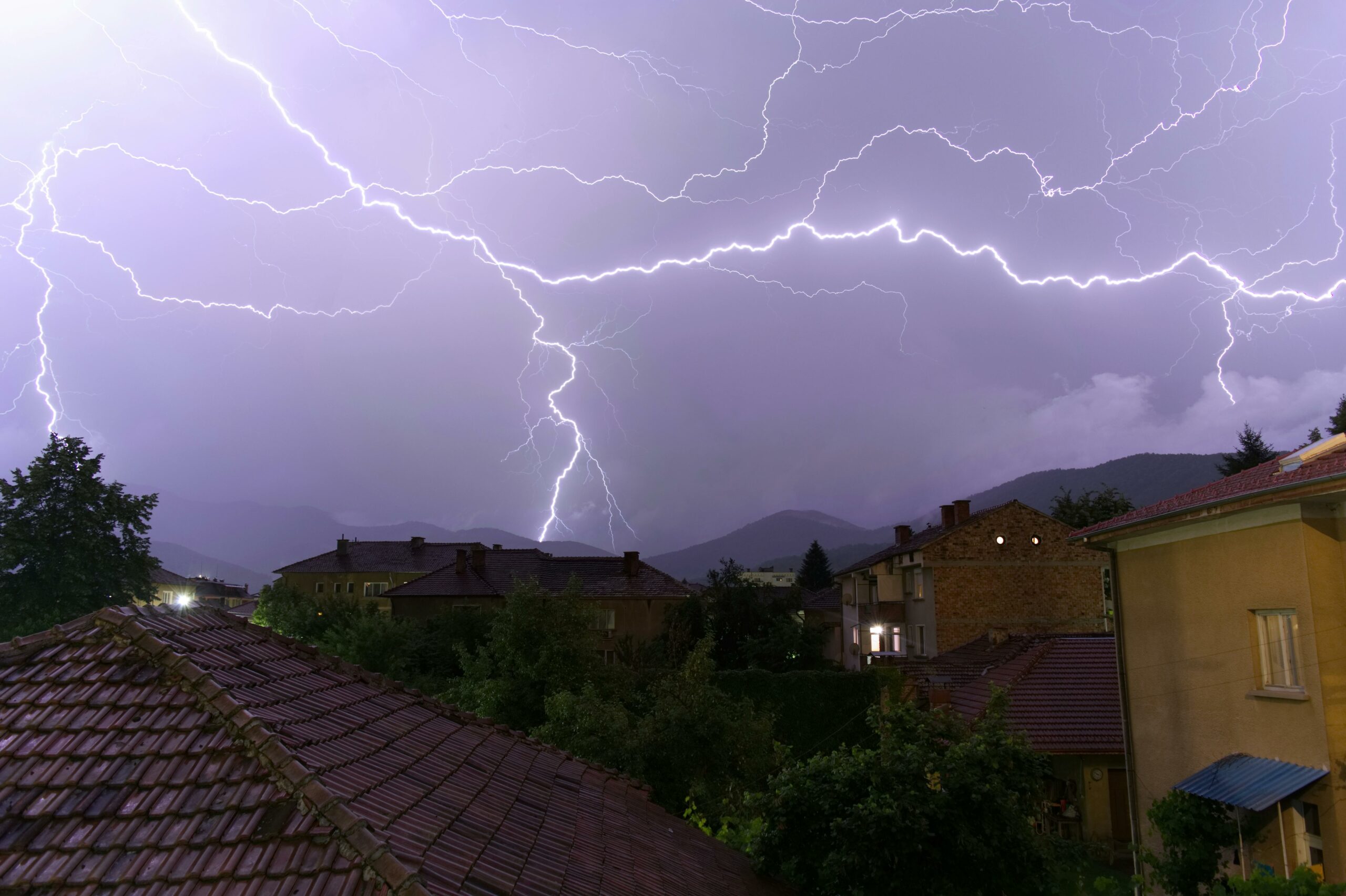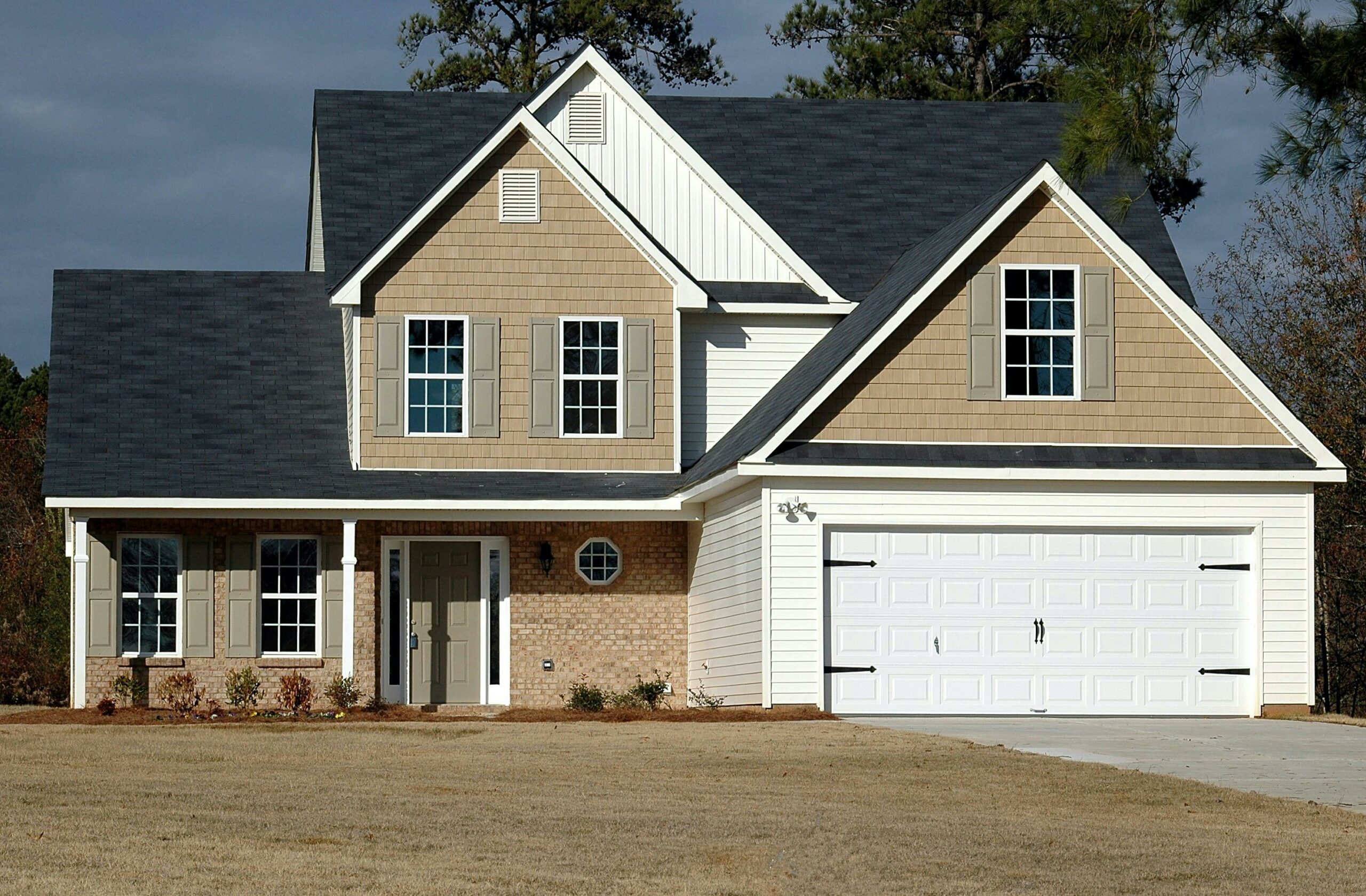Even if you are the most skilled of decorators, sometimes it is just easier to paint over your old wallpaper. This might depend on the time you have available for the room to be clear, the amount of money you wish to spend and even the condition of the walls.
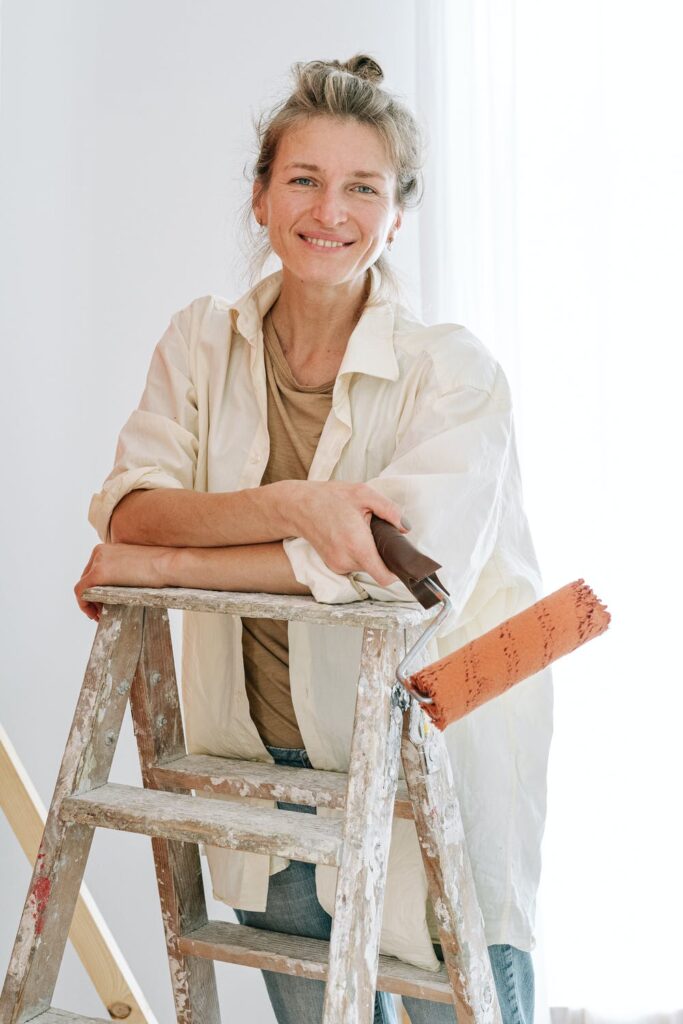
Should You Paint Over Your Paper?
In general, no – it is much better to remove wallpaper and paint directly onto the wall. If the wallpaper is damaged, the painting will only highlight the damage rather than conceal it.
Painted wallpaper is also harder to get rid of or cover, so if you think you might want to take it off at some point you are better off just going ahead and removing it.
However, painting over flat, cohesive wallpaper is a quick and inexpensive way to breathe some new life into a room, particularly as removing wallpaper is known to be messy and time-consuming.
Painting Wallpaper
Before painting over any wall, you should give them a thorough clean and ensure they are in good condition. This is true whether you need to give your walls a quick sponge down, or if there is a bigger home improvement needed, such as to restore your property after a fire.
Repair any cracks or peeling wallpaper before starting.
Use paints designed especially for wallpaper or they will be too thick to work with. Whatever brand you use you should ensure that it states explicitly that it is for use with wallpaper.
You should avoid water-based paints as these might interact with the wallpaper adhesive and the wallpaper itself.
Step 1: Consider sealing the seams of the wallpaper joins. You can do this with some paintable caulk – simply run a small amount down the join and smooth over with a finger. When dry, lightly sand to guarantee it is smooth. This will also help to make sure that the edges don’t peel once painted.
Step 2: Use a wallpaper cover primer to check any pattern is covered and the surface is appropriate for a good coat of paint. The type of primer needed will vary depending on the wallpaper material.
Step 3: Paint as normal. Use a brush to cut in any edges in the room and then use a roller for the larger sections of walls. It’s best to use a roller in a ‘w’ shape and try not to hold too much on the roller or it will simply flick off everywhere.
Creating a Vintage Look
If you want a vintage look to your space and are worried that covering up wallpaper with paint will take away from the aged quality of your walls, you can use stencils to create a pattern of the wallpaper.
Simply find a stencil that you like online or create your own. Use a sponge or stencil brush to fill in the outline in a complimenting or contrasting color across your wall.


